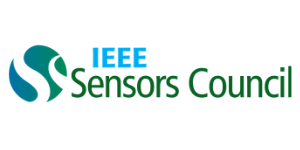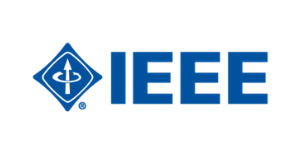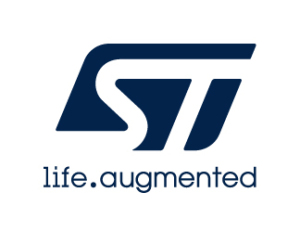Piezoelectric MEMS Resonator Technology
Sensing using THz radiation
- THz detection for 6G communications (in sub- THz and THz atmospheric windows)
- THz sensing of biological and chemical hazardous agents
- THz cancer detection and other medical applications
- THz homeland security applications
- THz sensing in radioastronomy and space research
- THz sensing for industrial control
- THz scanning detection for VLSI yield and reliability control
- THz scanning for hardware cyber security.

Winnie E. Svendsen

Maria Dimaki
Biosensors introduction: From fabrication to application
In this tutorial you will get a short introduction to the field of biosensors. Various sensing technologies will be presented and the working principles of selected biosensors will be explained in detail. We will look into fabrication, functionalization and characterization methods and present real-life examples, where biosensors make a difference. Emphasis will be given on point-of-care biosensors.
Signal Processing for IoT – Decision Fusion in Sensor Networks
The digital transformation is pervading almost every aspect of human life, ranging from healthcare to industry, from entertainment to communications and security. In this respect, the Internet-of-Things (IoT) paradigm plays a crucial role, with a multitude of networked devices interacting with the physical world and providing services through data collection, communication, processing and control. However, several applications require sophisticated design of tailored techniques to perform a wise capitalization of the extracted information with respect to the utilized resources. Energy-efficient IoT design, for example, enables long-life operations with a significant OpEx cut, due to reduced replacement and maintenance costs. Accordingly, this tutorial adopts a statistical signal processing perspective and focuses on the distributed version of the binary-hypothesis test which supports several energy-efficient IoT practical applications concerning the robust detection of a phenomenon of interest (e.g. environmental hazard, oil/gas leakage, forest fire). The reference scenario is a wireless sensor network and a fusion center with multiple antennas collecting and processing the information. The presence of multiple antennas at both transmit and receive sides resembles a multiple-input multiple-output (MIMO) system and allows for utilization of array processing techniques providing spectral efficiency, fading mitigation, and low-energy sensor adoption. The problem is referred to as MIMO decision fusion. The objective of this tutorial is to cover both design and of fusion approaches for this futuristic IoT setup. The tutorial is made of three main sections. Classical decision fusion over parallel-access and multiple-access channels is introduced in the first section. Coherent and non-coherent decision fusion, i.e. instantaneous and statistical channel state information (CSI) available at the fusion center, are discussed. The second section moves to the recent paradigm of MIMO decision fusion, based on array processing techniques. Special emphasis is put on the optimal fusion rule, and corresponding high requirements in terms of system knowledge and complexity. Hence, “Decode-and-Fuse” and “Decode-then-Fuse” approaches are introduced and compared in the coherent case, while the energy test and related optimality is discussed in the non-coherent case. An insight on fusion-rule design is given also for semi-passive (i.e. backscatter-aided) sensors, both with instantaneous and statistical CSI. Finally, the third section explores the massive MIMO regime, i.e. the case in which the fusion center is equipped with a large-size antenna. Identifying analogies with multiuser detection and exploiting the favorable propagation condition, (widely-) linear fusion rules are presented and energy-efficient transmission regimes are identified.









